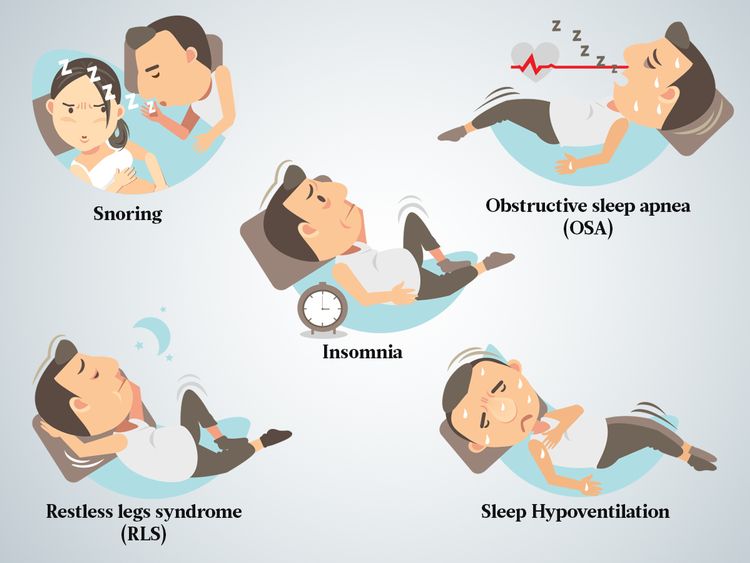In the realm of sleep disorders, where restful nights often feel like an elusive dream, trazodone emerges as a beacon of hope. Originally developed as an antidepressant, trazodone’s unique pharmacological profile has led to its widespread use as a sleep aid. This article explores the mechanisms behind trazodone’s sleep-promoting properties and its role in managing various sleep disorders.
The Mechanism of Action: Trazodone’s ability to promote sleep stems from its complex interaction with neurotransmitters in the brain. While its primary action involves inhibiting the reuptake of serotonin, leading to increased levels of this neurotransmitter, trazodone also antagonizes certain serotonin receptors. This dual effect is believed to contribute to its sedative properties, making it effective in promoting sleep.
Additionally, trazodone’s antagonism of histamine receptors plays a role in its sleep-promoting effects. By blocking the action of histamine, a neurotransmitter involved in wakefulness, trazodone helps to induce drowsiness and facilitate the onset of sleep.
Clinical Applications: Trazodone is commonly used in the management of various sleep disorders, including insomnia. Unlike traditional hypnotic medications, trazodone is not associated with the same level of dependence or tolerance, making it a preferred choice for long-term use in chronic insomnia.
In addition to its use in primary insomnia, trazodone is also utilized in the treatment of sleep disturbances associated with other conditions, such as depression and anxiety disorders. Its dual action as an antidepressant and sleep aid makes it particularly beneficial for individuals with comorbid sleep and mood disorders.
Trazodone is also favored in the elderly population due to its favorable side effect profile compared to other sedative medications. Its ability to promote sleep without significantly affecting sleep architecture makes it a safer option for older adults, who are more susceptible to the adverse effects of sleep medications.

Considerations and Side Effects: While trazodone is generally well-tolerated, it is not without its side effects. Common side effects include dizziness, drowsiness, and dry mouth. In some cases, trazodone may also cause priapism, a prolonged and painful erection, particularly in men.
As with any medication, it is essential to use trazodone under the guidance of a healthcare professional. Proper dosing and monitoring can help minimize the risk of side effects and ensure optimal efficacy.
Trazodone’s sleep-promoting properties offer a ray of hope for individuals struggling with sleep disorders. Its unique pharmacological profile, characterized by its actions on serotonin, histamine, and other neurotransmitter systems, sets it apart as a valuable tool in the management of insomnia and other sleep disturbances. By understanding and harnessing the power of trazodone, we can unlock the potential for restful nights and rejuvenating sleep.